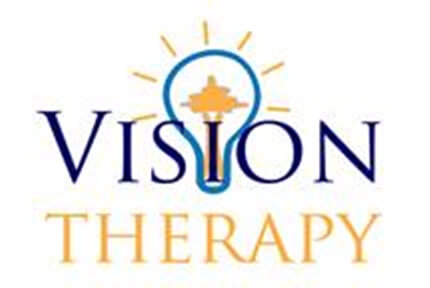
Vision Problems and Special Needs Children
Dr. Debbie Luk and the vision therapists at the Vision Therapy Calgary have experience working with children with autism, cerebral palsy, Down syndrome, sensory integration disorder and other conditions. Roughly 40% of our patient population has some type of special issue. Dr. Luk is a residency-trained and board-certified Developmental Optometrist specializing in improving visual functions in those with special needs.
Patients with special needs have the same vision problems as neuro-typical patients, but with higher incidences. These disorders may include, nearsightedness or farsightedness, eye turn (strabismus); “lazy eye” (amblyopia); or poor eye teaming and coordination, causing the child to have a distorted sense of what he/she is viewing. Depth perception and other visual information-processing problems are also common.
Vision problems of this nature can add to your child’s challenges. A hidden visual dysfunction may be affecting the child’s behavior, interfering with his ability to read and learn, and reducing his ability to perform routine tasks.
Vision and Autism
Many people on the autism spectrum have vision problems beyond the common nearsightedness and farsightedness. Strabismus (eye turn) and amblyopia (lazy eye) are more commonly found in autistic individuals than in the general population. Recent research has also shown that difficulty with saccades, the quick point-to-point eye movements used in reading, is a hallmark of autism.1 Even relatives of autistic persons can demonstrate these motor abnormalities.2
Other vision problems common with autism include difficulty tracking, integrating peripheral with central vision, visual stimming, and lack of eye contact.
The good news is that we can help! Dr. Luk and the therapists have extensive experience working with patients on the autism spectrum and developing vision therapy programs that cater to the patient's specific abilities and needs. More information on Autism and Vision can be found at www.covd.org
The Eye and Vision Examination for the Autistic or Special Needs Patient
Dr. Luk is an expert in evaluating the visual systems of special patients. She is able to modify the traditional "which is better, 1 or 2?" examination to gather information by observation and other methods. We are very flexible in providing accommodations for all of our patients.
Vision Problems Often Get Overlooked
Often, the Special Needs child is unable to sit still for a normal eye exam, which can result in an inaccurate or incomplete evaluation. The child may have an intermittent (occasional), rather than a constant eye turn that could go undetected. The eye chart exam measures what the child can see at 20 feet away, but will miss how he sees things up close, such as words in a book. And, unfortunately, children don’t know how they are supposed to see, so they rarely complain, leaving certain problems hidden. Furthermore, routine eye exams do not assess for the brain’s ability to process visual information. Anyone who is struggling with learning to read, spell or perform math functions should be appropriate assessed by a Developmental Optometrist. There is no age limit for vision therapy. If you are finding that either you or your little one is having vision problems, the best thing to do is to call Vision Therapy Calgary for a vision evaluation.
Like many skills, visual skills are developed. They can generally be improved through proper therapy techniques. Vision therapy enhances vision by coordinating and improving eye movement, focusing ability and eye-hand coordination. Each patient is guided through new visual experiences by a specialized vision therapist and learns new ways to perceive and interact with the visual world.
Effective therapies attract patients from afar
Vision Therapy Calgary offers a broad array of vision therapies geared toward children and adults. Each patient receives his or her own individualized, custom-made program. This is developed by Dr. Debbie Luk and provided one-to-one to the patient by a vision therapist. They help patients develop the visual skills necessary for success in life. That’s why people come to them from all Canada.
Helping adults & children overcome strabismus & amblyopia
Strabismus (eye turn) is a condition in which the person cannot properly align his or her eyes under normal viewing conditions. There are many different types of eye turns and as a result there are many different treatment approaches. Untreated strabismus can cause headaches, poor depth perception, double vision, amblyopia and other problems.
Amblyopia, or lazy eye, is a condition in which one or both eyes have reduced vision, not caused by injury or disease, that cannot be improved by corrective lenses. Amblyopia is most frequently caused by significant differences in eyeglass prescription between the two eyes or by constant eye-turn. Amblyopia can be detected at an early age and can be overcome with vision therapy, glasses and/or eye-patching. Unfortunately, some children grow up without getting any treatment and carry these vision problems into adulthood. The good news is that these problems can be corrected in adulthood, too.
Instead of living with your symptoms or your child’s, get the experienced, trusted, effective care you need. Call the Vision Therapy Calgary at (403) 248 - 3937 and ask for help. It just might be the best thing you’ve ever done for yourself or your family.
Resources
2. http://sfari.org/news-and-opinion/news/2010/parents-share-key-traits-of-children-with-autism

